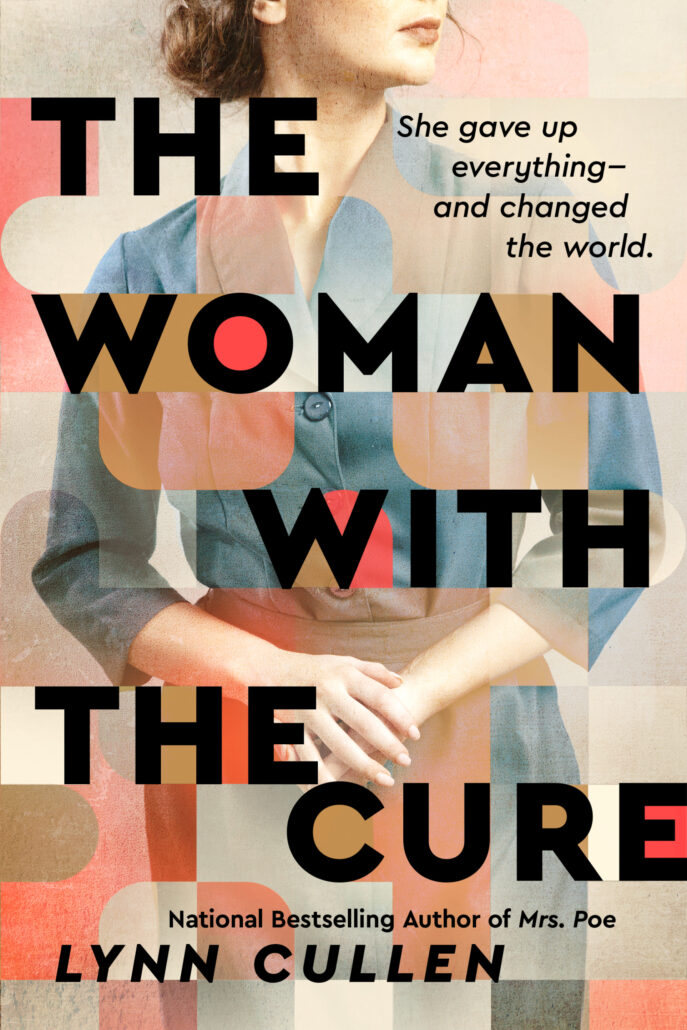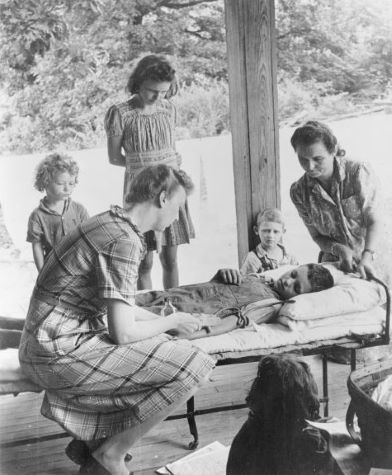THE WOMAN WITH THE CURE
“An important and timely story of one of the previously unheard voices of medical history …a rewarding read that both enlightens and entertains.”
–Pam Jenoff, New York Times bestselling author of The Woman with the Blue Star
In 1940s and ’50s America, polio is as dreaded as the atomic bomb. No one’s life is untouched by this disease that kills or paralyzes its victims, particularly children. Outbreaks of the virus across the country regularly put American cities in lockdown. Some of the world’s best minds are engaged in the race to find a vaccine. The man who succeeds will be a god.
But Dorothy Horstmann is not focused on beating her colleagues to the vaccine. She just wants the world to have a cure. Applying the same determination that lifted her from a humble background as the daughter of immigrants, to becoming a doctor –often the only woman in the room–she hunts down the monster where it lurks: in the blood.
This discovery of hers, and an error by a competitor, catapults her closest colleague to a lead in the race. When his chance to win comes on a worldwide scale, she is asked to sink or validate his vaccine—and to decide what is forgivable, and how much should be sacrificed, in pursuit of the cure.
“Powerful, visionary and inspired.”
— Patti Callahan Henry, New York Times bestselling author of Surviving Savannah

